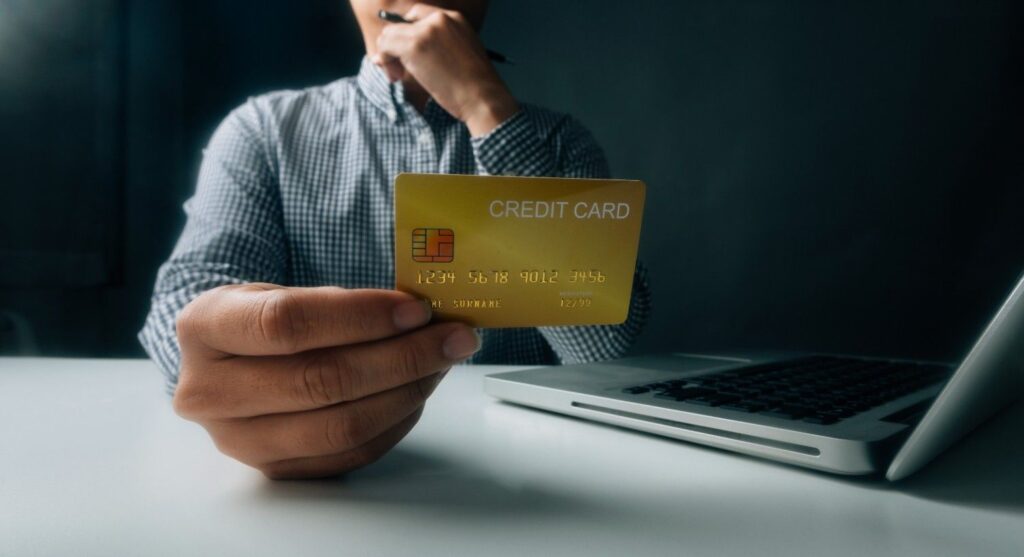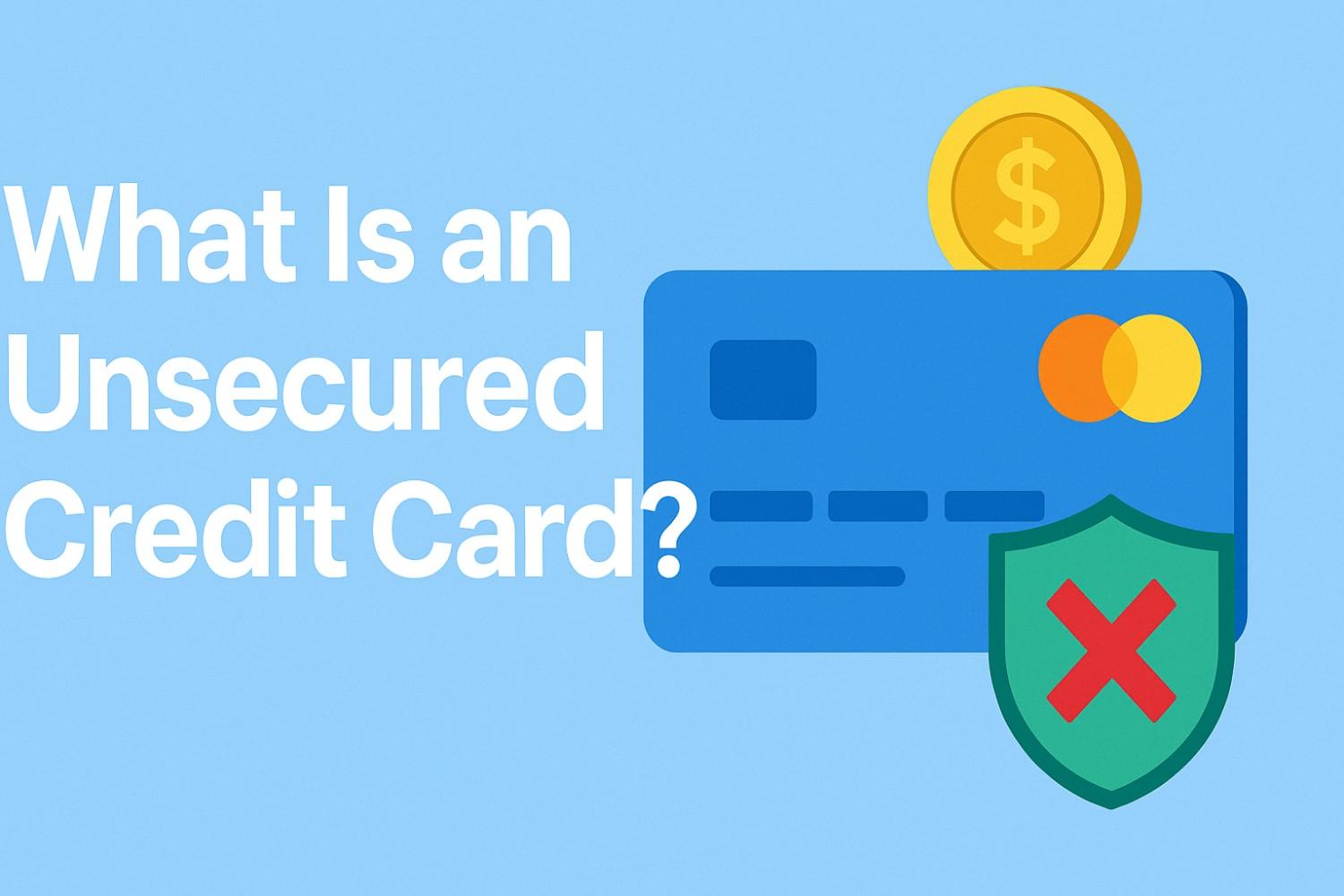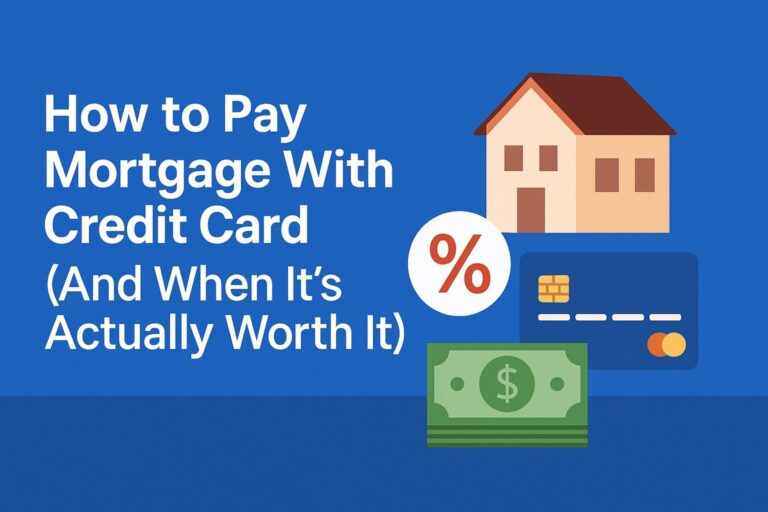If you’ve ever wondered what is an unsecured credit card, here’s the quick version: it’s the classic credit card most people use every day—no deposit, no collateral, just a credit line offered based on your credit history and income. Issuers trust your financial track record rather than holding your cash as a safeguard.
What Is an Unsecured Credit Card (and How Does It Differ From a Secured One)?
An unsecured credit card is a standard type of credit card that doesn’t require you to provide a security deposit or pledge personal assets. The issuer extends a line of credit based solely on your creditworthiness, income, and financial history. In short, the bank is betting on your ability to repay what you borrow.

Here’s what sets it apart:
- No Collateral Required: Your savings, car, or property aren’t tied to the account.
- Credit-Based Approval: Lenders look for a good-to-excellent credit score and consistent income.
- Issuer-Determined Limit: Your credit limit depends on the lender’s evaluation of your financial profile rather than an upfront deposit.
- Features and Rewards: These cards often include cashback, points, or travel perks to attract consumers.
- Higher Risk to Lenders: Since there’s no collateral, issuers rely heavily on credit screening—hence the stricter approval standards.
By contrast, a secured credit card requires a refundable deposit, which acts as collateral and determines your credit line. That’s why secured cards are ideal for beginners or those rebuilding their credit.
How Does an Unsecured Credit Card Work?
When you make purchases with an unsecured card, you’re essentially borrowing from the issuer up to your assigned limit. You’ll receive a monthly billing statement showing your balance, minimum payment, and due date. Paying your bill in full by the due date helps you avoid interest charges. Carrying a balance, however, means paying interest on the unpaid amount—sometimes at double-digit rates.
Because unsecured cards involve no collateral, the lender bears more risk. To offset that, they may charge higher interest for borrowers with weaker credit or restrict initial credit limits. Paying responsibly over time can lead to credit-limit increases and lower APR offers.

What Are the Key Characteristics of Unsecured Credit Cards?
- No Collateral or Deposit: You get access to credit purely on trust and your financial reputation.
- Creditworthiness Matters Most: Approval hinges on your credit score, payment record, and debt-to-income ratio.
- Flexible Limits: Issuers can offer higher limits as you demonstrate responsible use.
- Rewards Potential: Many unsecured cards provide points, miles, or cashback programs unavailable to secured products.
- Greater Risk to Lenders: Because there’s no deposit buffer, lenders screen applicants carefully and may deny those with poor credit.
In essence, unsecured cards give qualified borrowers more freedom and perks—but they demand discipline and financial reliability in return.
Who Should Get an Unsecured Credit Card?
If you already have fair-to-excellent credit, stable income, and responsible financial habits, an unsecured card is a natural fit. You’ll likely qualify for better rewards, promotional interest rates, and fewer fees than you would with entry-level secured options.
For those new to credit or repairing past mistakes, starting with a secured card may be smarter. You can prove reliability through on-time payments, then “graduate” to an unsecured card once your score improves.
What Are the Pros and Cons of an Unsecured Card?
| Advantages | Disadvantages |
| No security deposit required | Stricter approval criteria |
| Potential for higher credit limits | Higher interest rates for lower scores |
| Access to rewards programs | Missed payments hurt credit fast |
| Can improve credit with on-time payments | Temptation to overspend |
Ultimately, the biggest advantage is flexibility; the biggest risk is financial overreach.

What Do Issuers Consider Before Approving You?
Because unsecured debt isn’t backed by collateral, card issuers perform a full credit evaluation. They’ll review:
- Credit score and payment history
- Outstanding debt and utilization ratio
- Income stability and employment
- Overall credit age and account mix
Applicants with excellent credit typically qualify for high limits and low APRs. Those with fair credit might receive modest limits or higher interest rates until they prove reliability.
How to Use an Unsecured Credit Card Wisely
- Pay on Time, Every Time: Set up automatic payments or calendar alerts.
- Keep Balances Low: Aim to use less than 30% of your limit—preferably under 10%.
- Pay in Full: Avoid interest charges whenever possible.
- Monitor Your Credit: Use free reports to track progress and spot errors.
- Don’t Apply Too Often: Too many inquiries can lower your score.
These small habits demonstrate reliability and can quickly boost your creditworthiness—unlocking better unsecured card options later.
Frequently Asked Questions
1. What is an unsecured credit card in simple terms?
It’s a regular credit card that doesn’t require a security deposit. The issuer offers a credit line based on your income and credit history.
2. Can I get an unsecured card with bad credit?
It’s possible but tougher. Some lenders offer subprime unsecured cards with high fees. A secured card might be a smarter starting point for rebuilding credit.
3. Does an unsecured card help build credit?
Yes. Most report to all three major bureaus, and consistent on-time payments can improve your credit score significantly.
4. What’s the difference between secured and unsecured cards?
Secured cards need a deposit as collateral; unsecured cards rely on your credit profile. Both help build credit, but unsecured cards usually offer better perks.
Final Thoughts: Is an Unsecured Credit Card Right for You?
If you’ve read this far wondering what is an unsecured credit card, here’s the bottom line—it’s the most common kind of credit card out there, designed for people with established financial trust. No collateral means no deposit headaches, but it also means greater responsibility to pay on time and manage balances carefully.
If you’re just starting out, consider building a foundation with a secured card. Once you’ve built strong credit habits, an unsecured card can reward you with better terms, higher limits, and valuable perks. The key is simple: treat credit as a tool, not free money, and it’ll open more financial doors than it closes.









